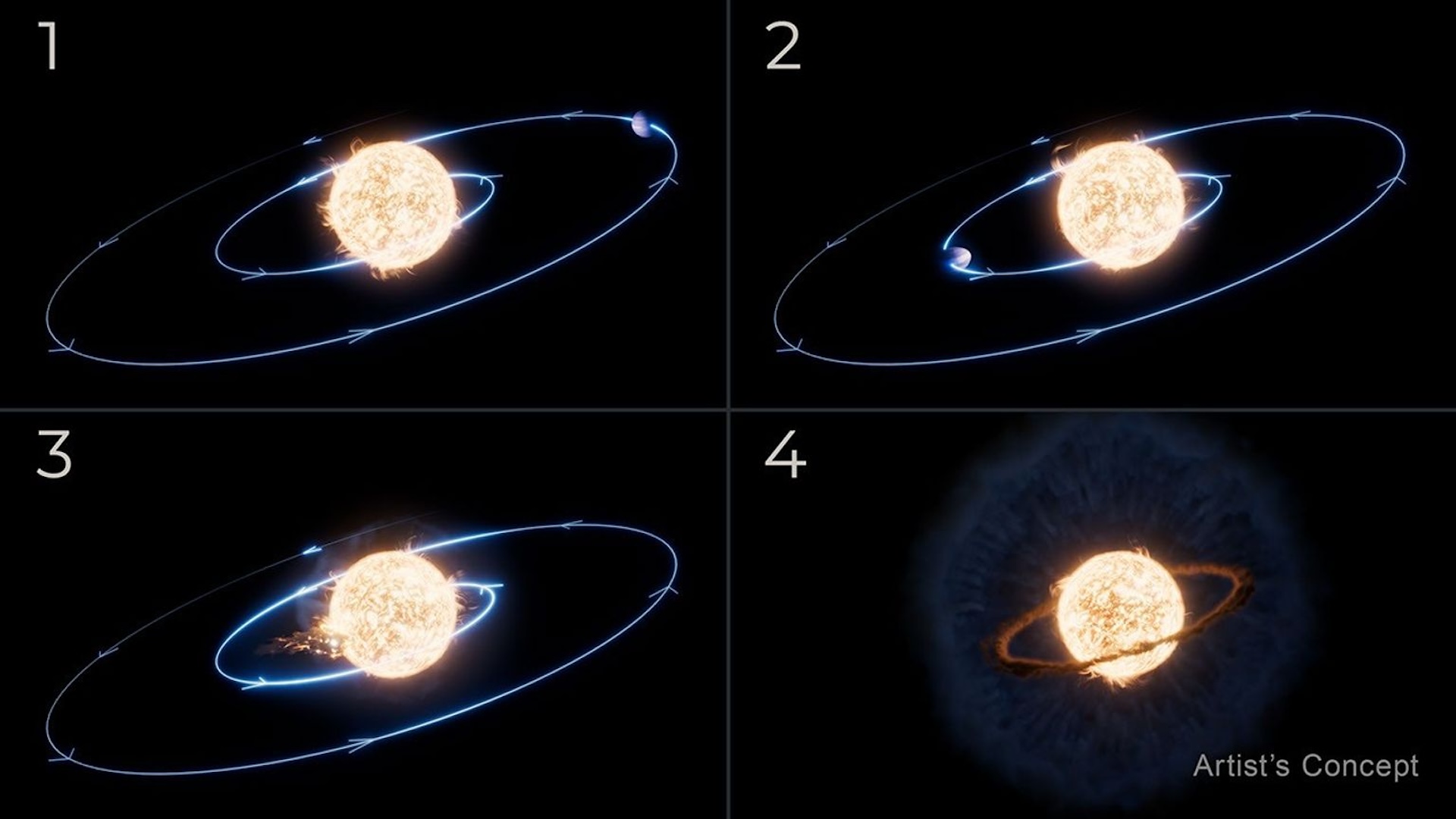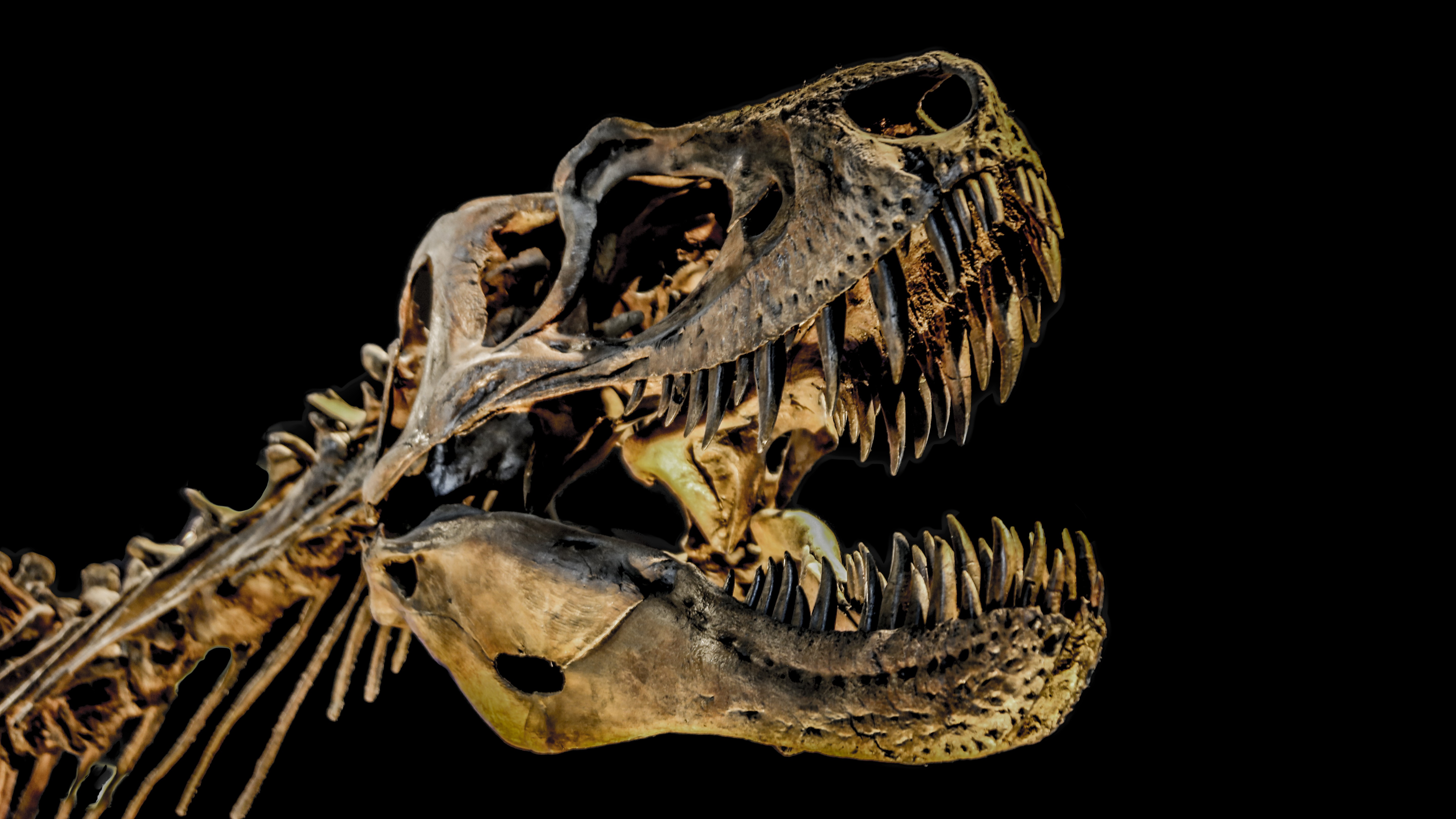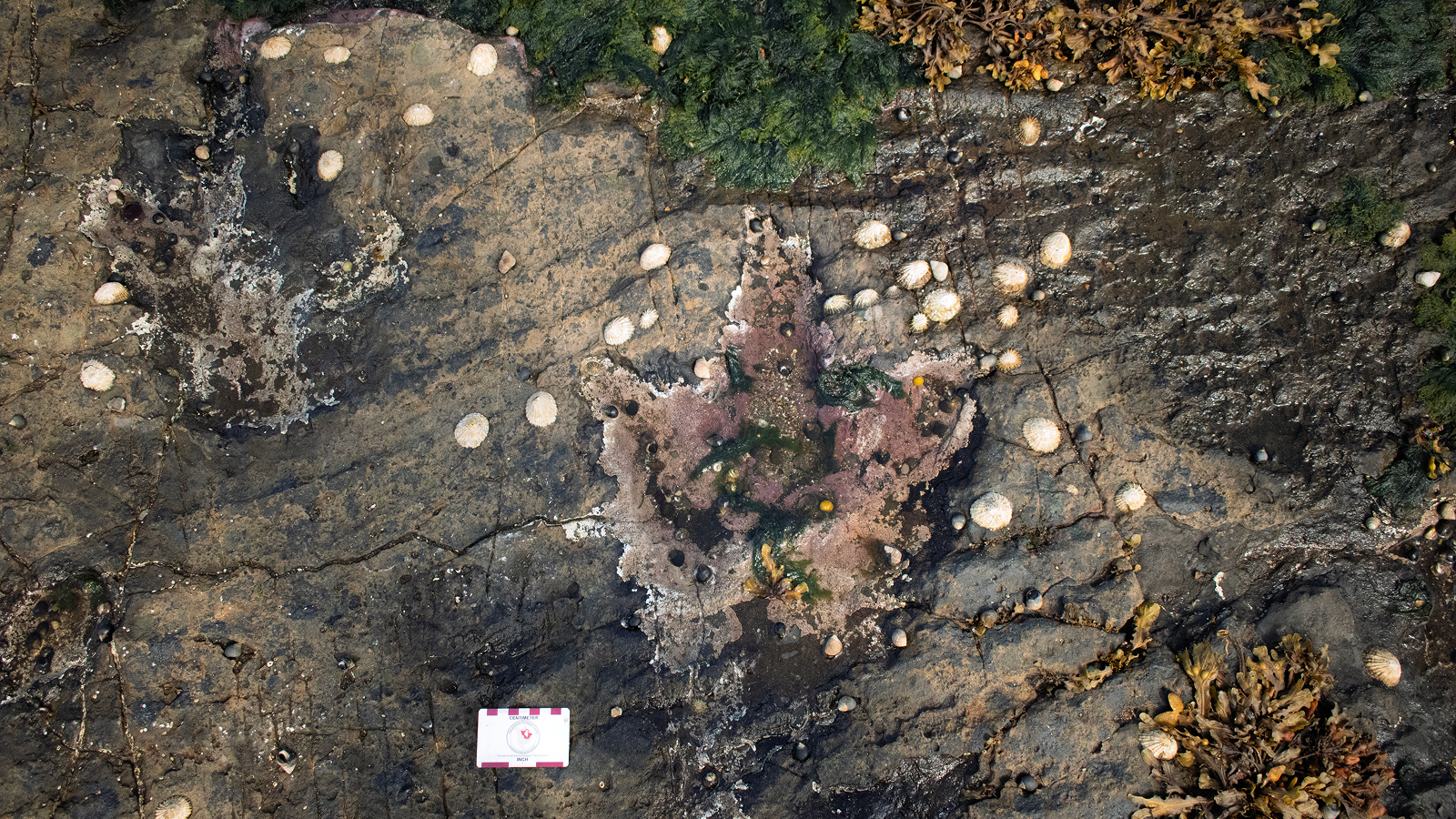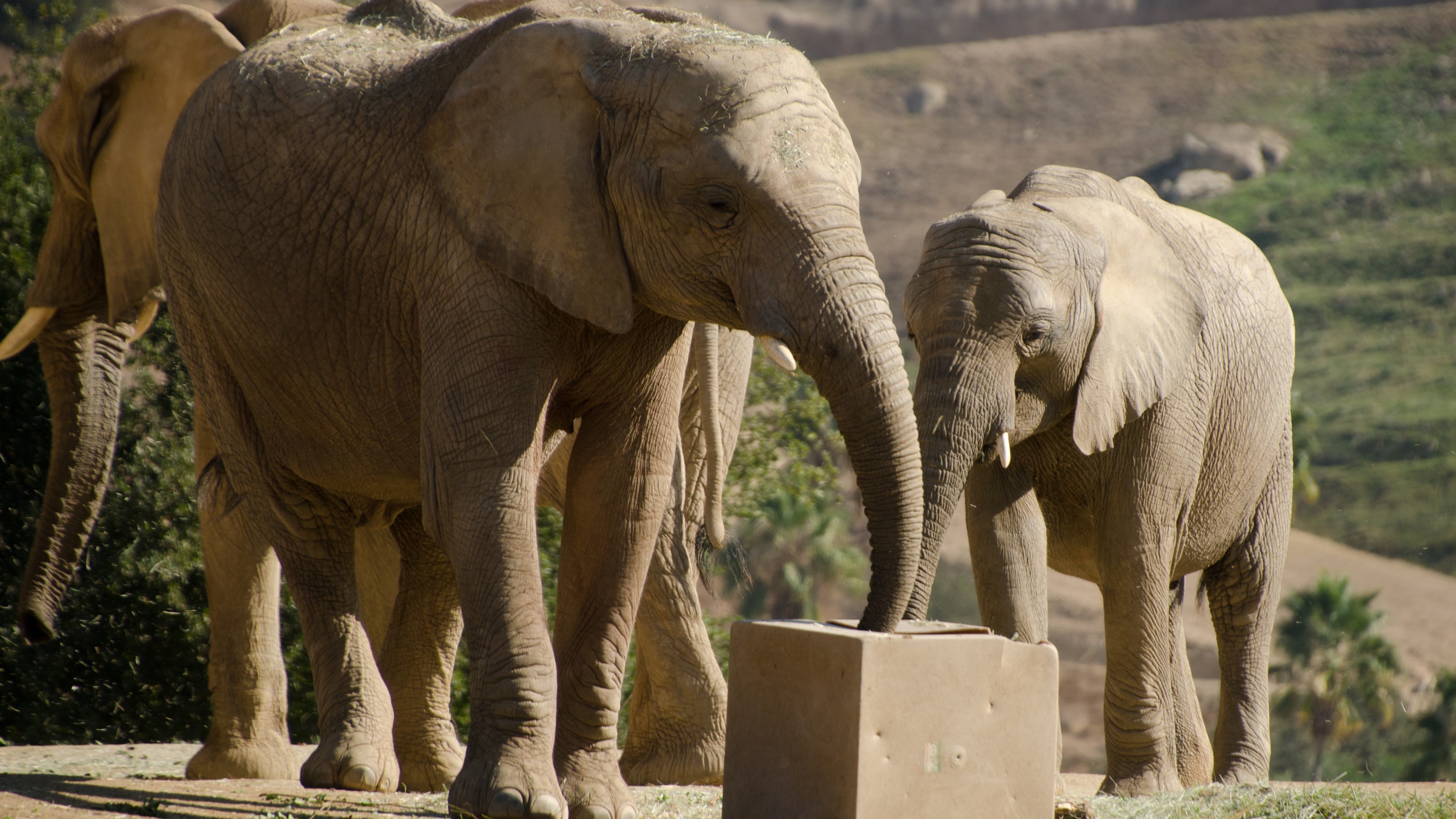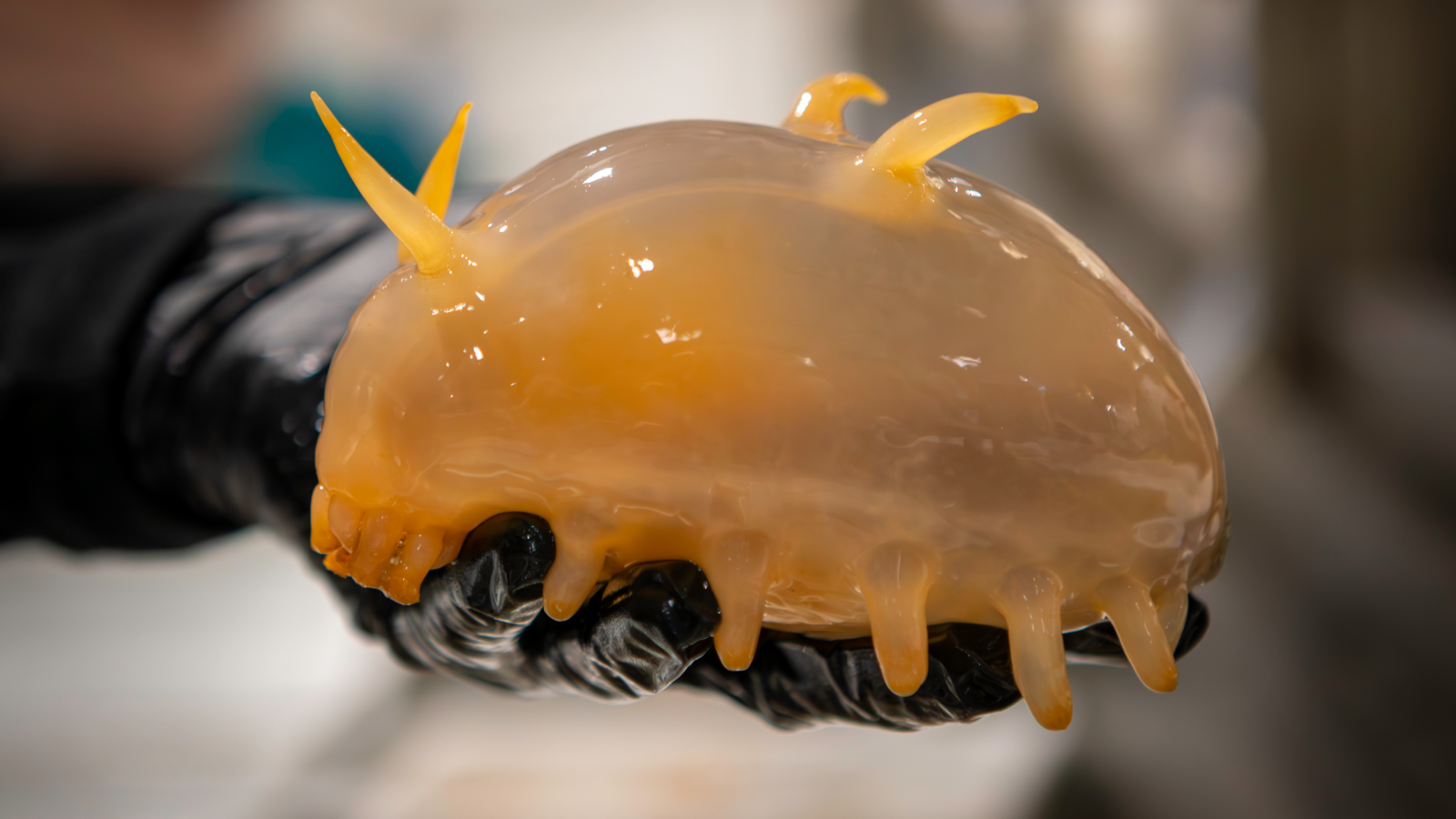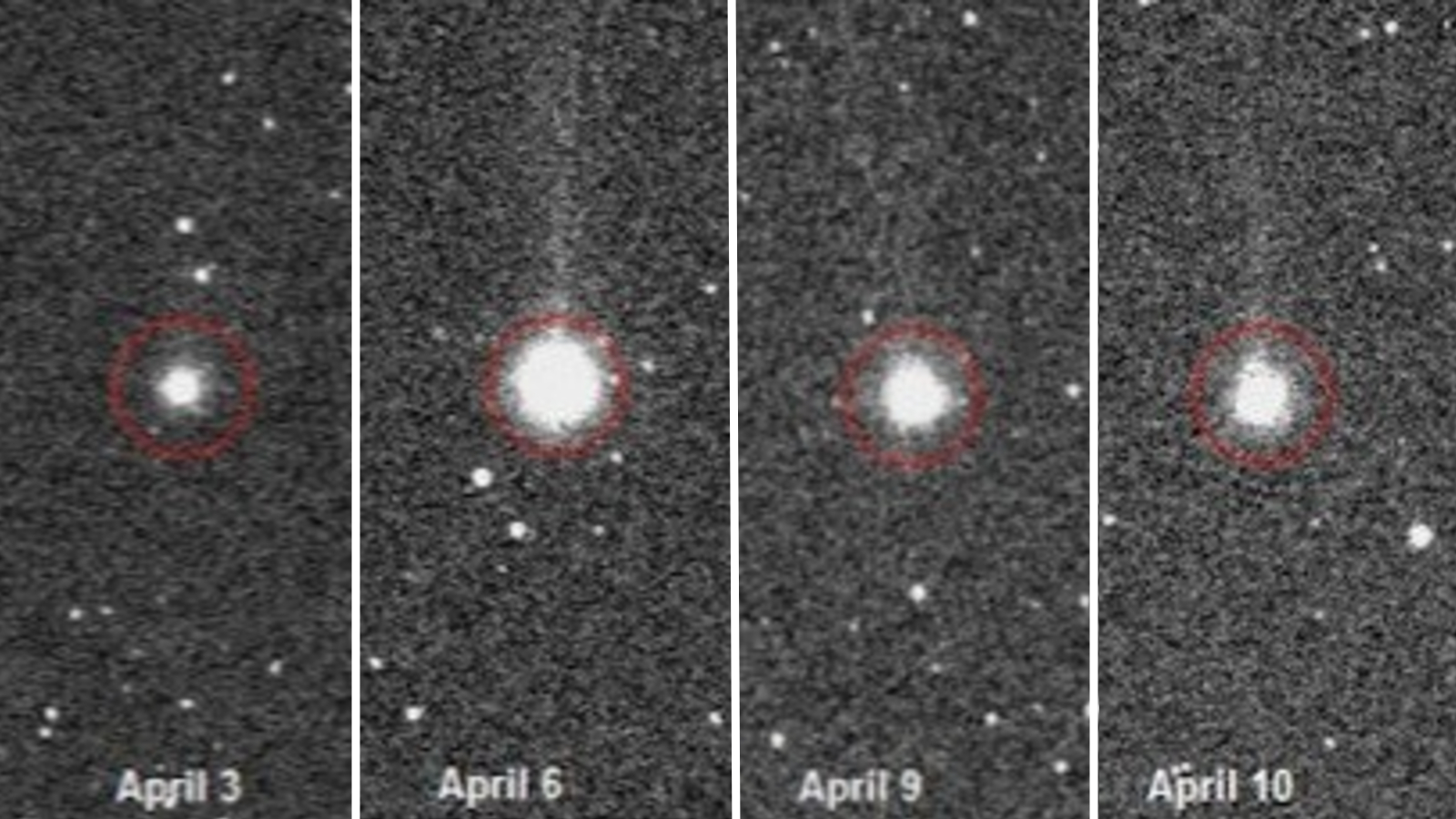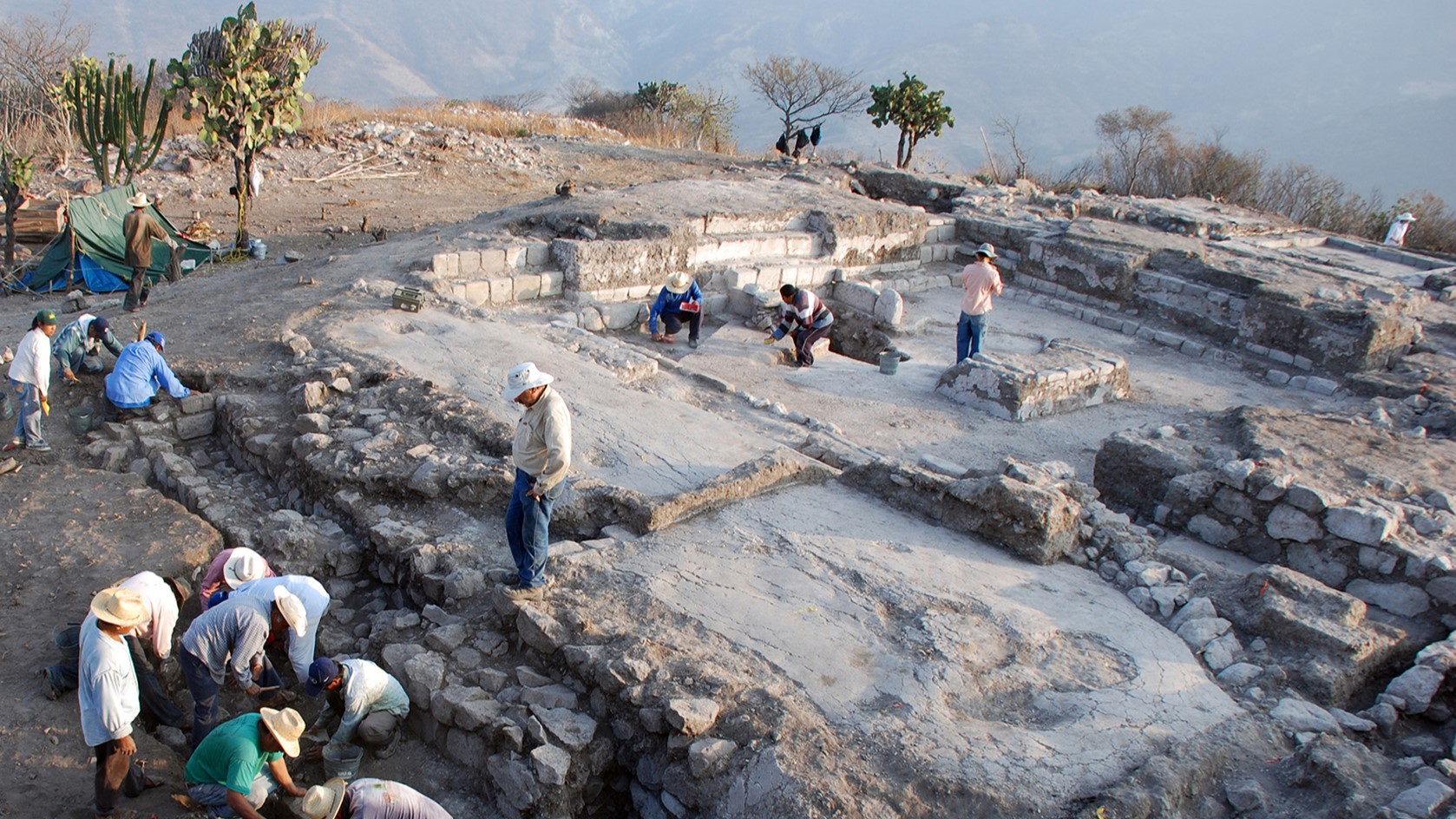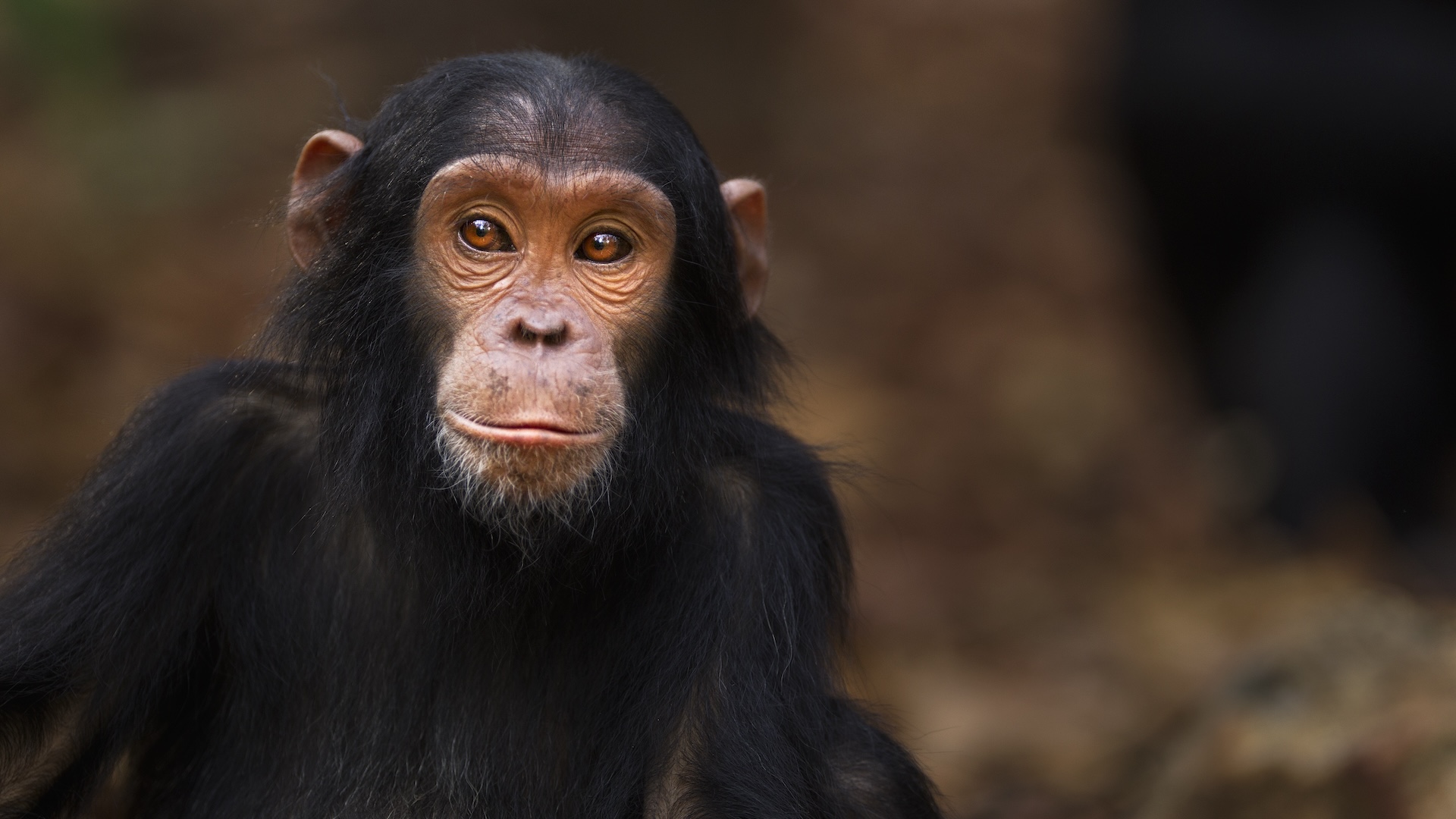Photos: Dinosaurs Sloshed Around Ancient Lagoon
Giant print
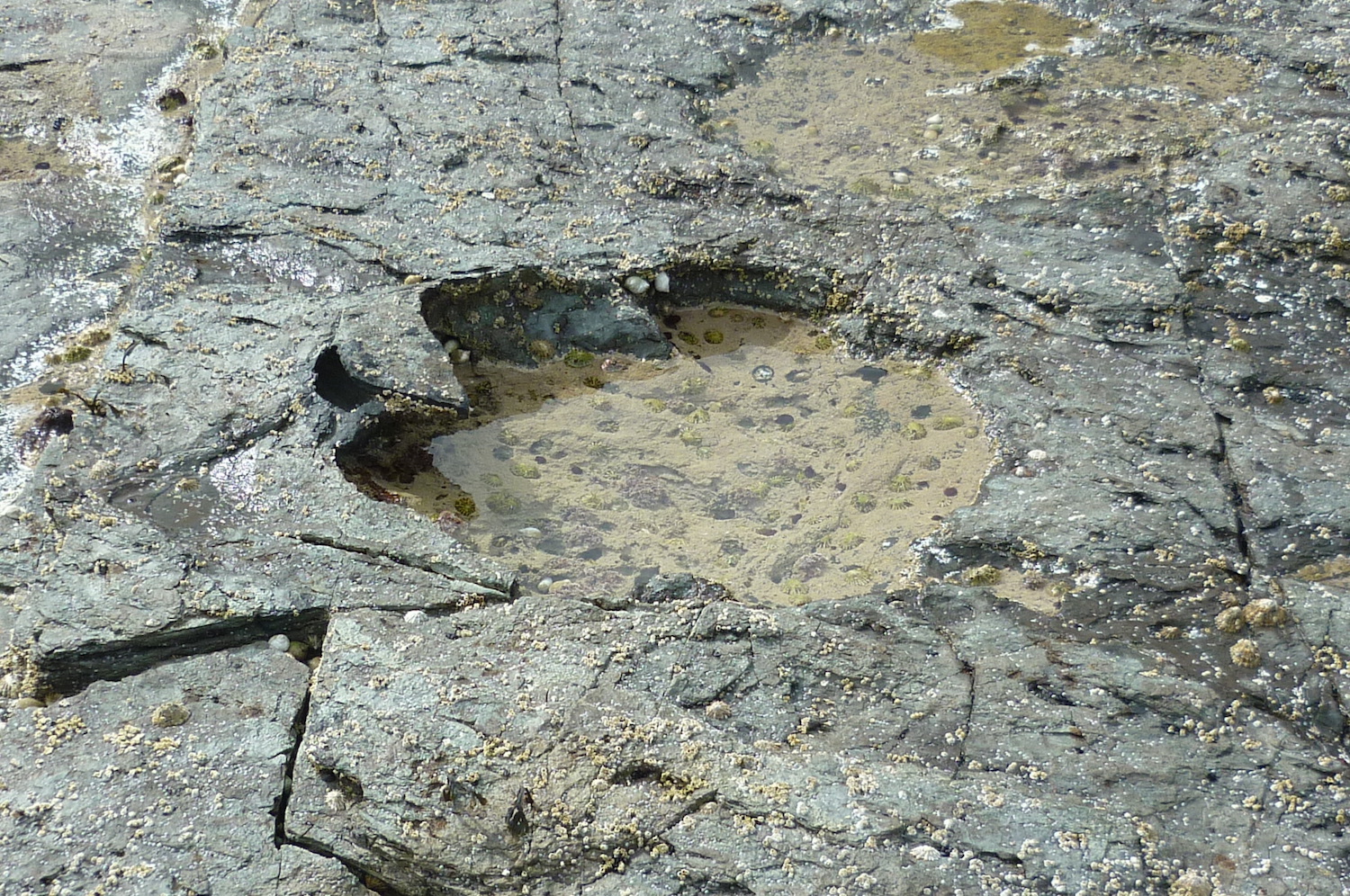
Researchers have found about 50 dinosaur footprints, including this track mark from a long-necked sauropod dinosaur, in what used to be a warm, muddy lagoon on the Isle of Skye. The footprints date to the Middle Jurassic, about 170 million years ago.[Read more about the dinosaur discovery here]
Snails and limpets

Snails and limpets fill the track mark of an ancient sauropod dinosaur.
These newly discovered track marks indicate that some sauropods and carnivorous, two-legged theropod dinosaurs sloshed through the shallow waters of lagoons during the Middle Jurassic.
Brothers' Point

The researchers found the dinosaur track marks at Rubha nam Brathairean, which is Gaelic for "Brothers’ Point."
The Isle of Skye is gaining a reputation for dinosaur prints. In 2015, researchers published a study about a slightly younger site on the isle that also had preserved dinosaur trackways, Live Science previously reported. This site is called Duntulm because it is near Duntulm Castle.
Wooly mammals

There are quite a few sheep on the Isle of Skye, grazing not too far from the dinosaur track marks.
Carnivorous dinosaur
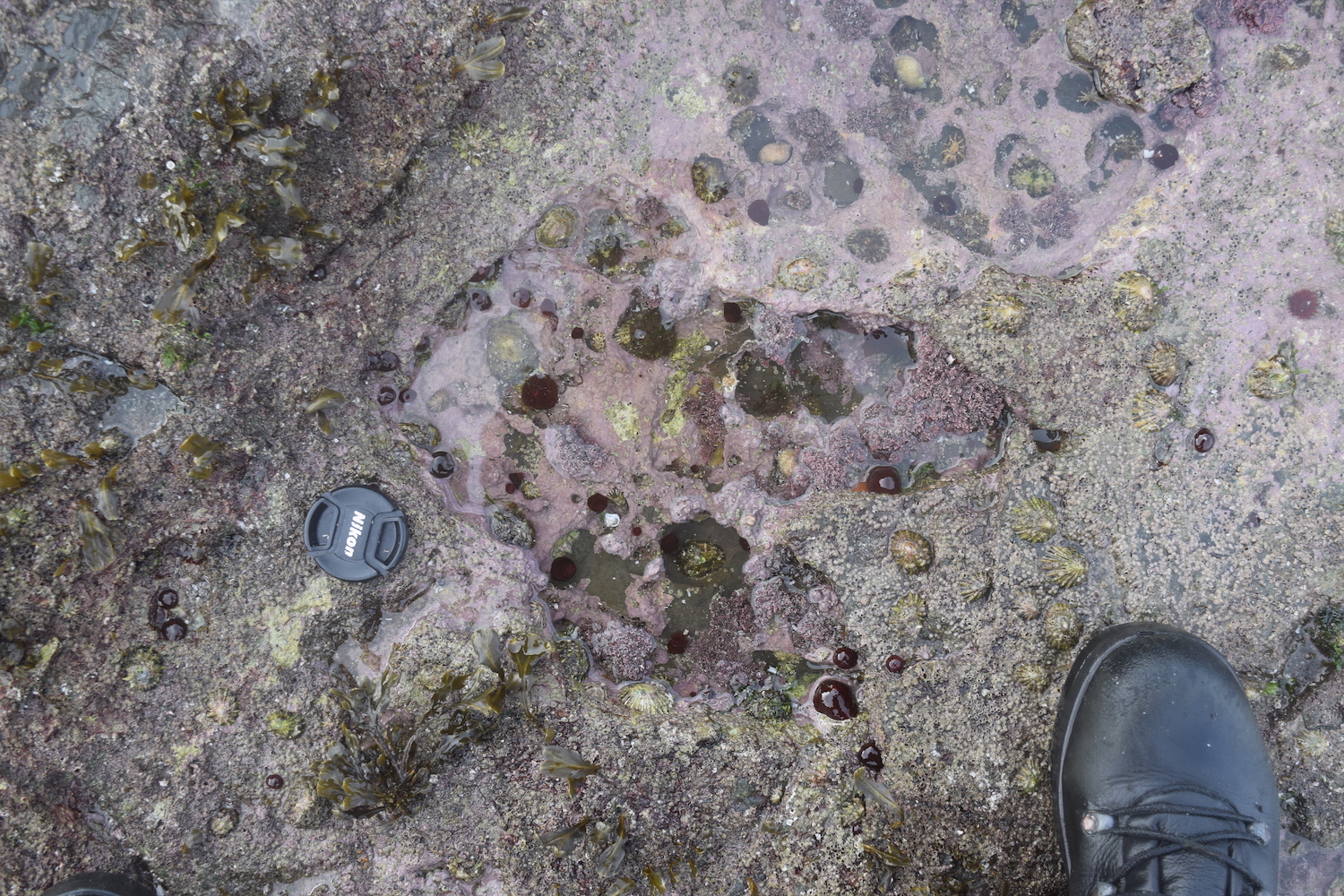
A theropod dinosaur left this track mark about 170 million years ago.
Besides track marks, researchers have found the remains of sauropod teeth and limb bones, an armored dinosaur's partial arm bones, and theropod teeth and vertebrae on the Isle of Skye.
Rocky work

Study lead researcher Paige dePolo, a master's student of paleontology and geobiology at the University of Edinburgh, examines the fossilized track marks at Brothers' Point.
Trackway map
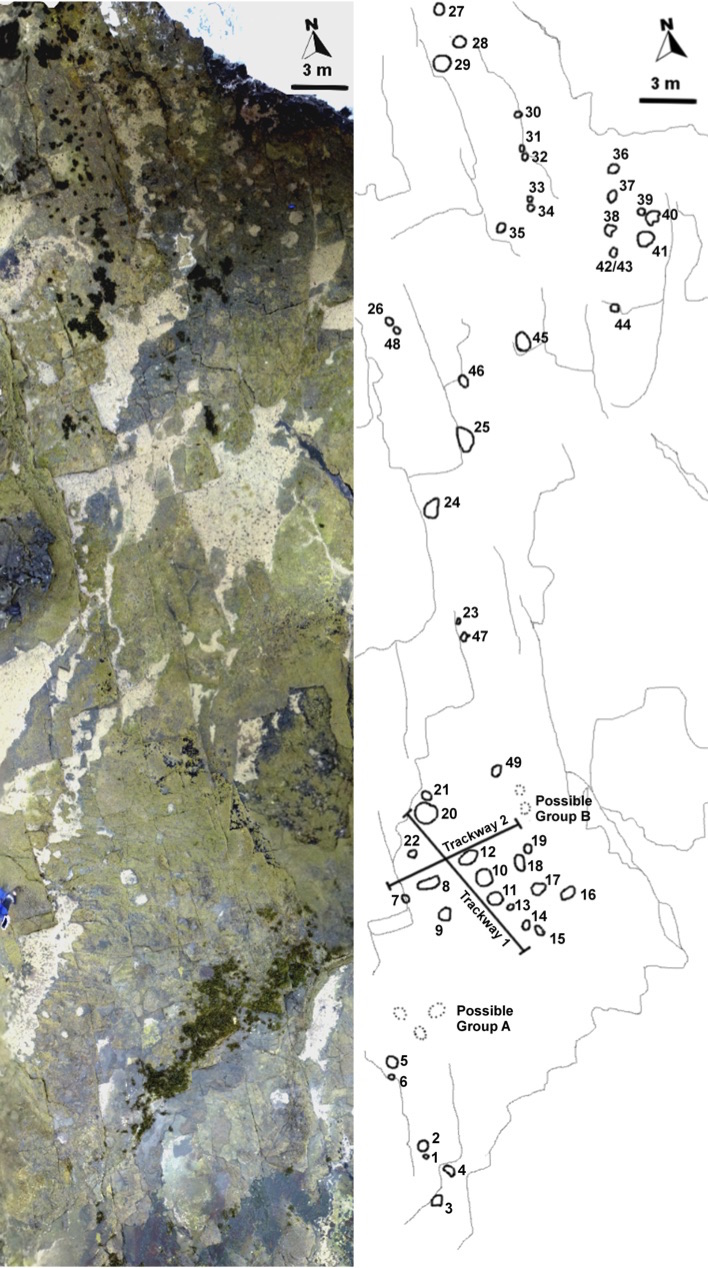
The researchers mapped out the roughly 50 dinosaur track marks found on the Isle of Skye.
[Read more about the dinosaur discovery here]
Sign up for the Live Science daily newsletter now
Get the world’s most fascinating discoveries delivered straight to your inbox.

Laura is the archaeology and Life's Little Mysteries editor at Live Science. She also reports on general science, including paleontology. Her work has appeared in The New York Times, Scholastic, Popular Science and Spectrum, a site on autism research. She has won multiple awards from the Society of Professional Journalists and the Washington Newspaper Publishers Association for her reporting at a weekly newspaper near Seattle. Laura holds a bachelor's degree in English literature and psychology from Washington University in St. Louis and a master's degree in science writing from NYU.
